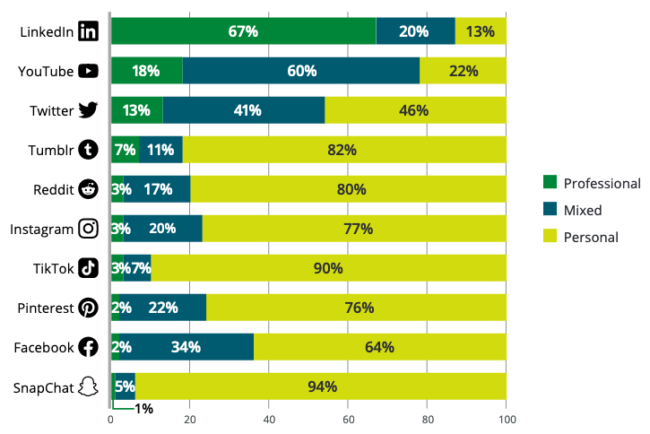
Photo by Adam Valstar
I gave a keynote recently for the Centre for Research in Digital Education, University of Leeds, as part of their online symposium on Digital Transformation of Higher Education. The purpose of this symposium was to explore this transformation “from the perspective of existing and on-going research in digital education, to help the higher education sector to set a direction of travel which creates positive effects on access to higher education and enhanced student learning, through long-lasting changes.” My talk focused on Radical Flexibility as a Potential Solution to the Challenges Facing Higher Education, aiming to critique normative forms of flexibility that assume that everyone benefits from it in similar ways, and propose more broad forms of flexibility that account for diverse peoples’ unique and day-to-day realities. A recording is available here – and there recordings of all the other excellent talks are archived on this page. I drew on the following work for this talk:
Veletsianos, G., Kimmons, R. Larsen, R., & Rogers, J. (in press). Flexibility, Time, Gender, and Online Learning Completion. Distance Education.
Houlden, S., & Veletsianos, G. (in press). The Problem with Flexible Learning: Neoliberalism, Freedom, and Learner Subjectivities. Learning, Media, & Technology. https://doi.org/10.1080/17439884.2020.1833920
Veletsianos, G., & Houlden, S. (2020). Radical Flexibility and Relationality as Responses to Education in Times of Crisis. Postdigital Science and Education, 2(3), 849-862. https://doi.org/10.1007/s42438-020-00196-3
Johnson, N., Veletsianos, G., Seaman, J. (2020). U.S. Faculty and Administrators’ Experiences and Approaches in the Early Weeks of the COVID-19 Pandemic. Online Learning Journal, 24(2), 6-21. http://dx.doi.org/10.24059/olj.v24i2.2285
Veletsianos, G. (2020). How should we respond to the life-altering crises that education is facing? Distance Education, 41(4), 1-3. https://doi.org/10.1080/01587919.2020.1825066
Houlden, S., & Veletsianos, G. (2019). A Posthumanist Critique of Flexible Online Learning and its “Anytime Anyplace” Claims. British Journal of Educational Technology, 50(3), 1005-1018.




